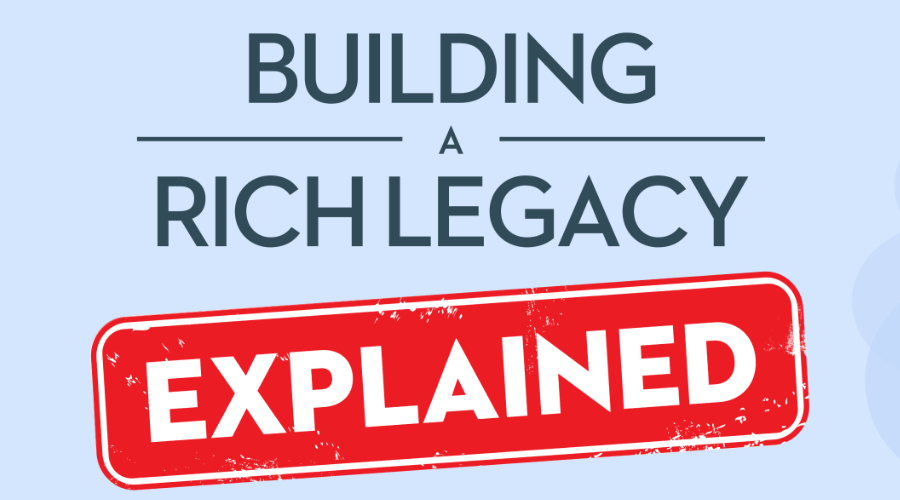What is the disability tax credit? If you haven’t heard about it, it could be because the government doesn’t publicize it too much, which is one of the reasons why only 40% of Canadians with a disability claim it. You can claim the disability tax credit for yourself, or on behalf of your spouse or a dependent.
When asked, what is the disability tax credit, many doctors and accountants don’t know, and often mistakenly assume that their patients/clients do not qualify.
So, what is the disability tax credit in Canada and how much is the disability tax credit worth to you?
What is the disability tax credit?
The disability tax credit is a tax refund from the government for people with a health impairment or disability. It’s designed to give financial help to people with physical and psychological ailments that have an impact on their ability to function.
How does the disability tax credit work? You have to know how to apply for the disability tax credit (more details below) but once your application is accepted, you could receive a considerable tax refund, not only for the current tax year, but for every year to come.
Qualifying for the disability tax credit also opens the door to other valuable government benefits. They include the , which is a government savings plan designed to help Canadians with disabilities to save for their future. Canadians with an RDSP could also qualify for contributions from the government in the form of the Canada Disability Savings Grant and the Canada Disability Savings Bond. Another potential benefit for those who qualify for the disability tax credit is the or Canada Workers Benefit (CWB) disability supplement, a refundable tax credit designed to help disabled workers who are on a low income.
How much is the disability tax credit worth?
Depending on your circumstances, it could be worth tens of thousands of dollars.
To receive disability tax credit benefits, you or your spouse must pay tax, and the refund can be back-dated by 10 years. The annual amount you receive will depend on your province, but it can range between $1,600-$2,400. How much is the disability tax credit worth if you’ve had the condition for 10 years or more? It could mean an initial refund of over $20,000.
You don’t have to consider yourself disabled to qualify for the disability tax credit in Canada
According to the CRA, you need to be “markedly restricted in at least one of the basic activities of daily living” or “significantly restricted” in two of them.
So, when you’re looking at how to get the disability tax credit, you could be eligible if it takes you a significant amount of time (usually around three times longer than it would take someone who does not have the impairment ) to perform the following tasks: walking, dressing, speaking, hearing, eating (including preparation), dressing and elimination (bowel or bladder functions). You could also qualify for disability tax credit benefits if you lack the mental functions necessary for everyday life.
Having a condition that affects your mobility can make life difficult for you, especially if you don’t have the finances to make them more accessible. You can make your disability more manageable without further financial stress.
What disabilities qualify for the disability tax credit in Canada?
If you suffer from any of these medical conditions, you could qualify for disability tax credit benefits:
- Osteoarthritis
- Chronic Obstructive Pulmonary Disease
- Spinal stenosis
- Degenerative disc disease
- Rheumatoid arthritis
- Stroke
- Hip replacement/fracture
- Back injury
- Peripheral artery disease
- Knee replacements
Disability tax credit benefits can also apply to other common conditions, including vertigo, Alzheimer’s/dementia, diabetes, heart disease, asthma and renal failure.
How to claim disability tax credit
When you’re looking at how to apply for the disability tax credit, be aware that it is a notoriously difficult process, which is another reason why so few people apply for it.
To apply for the disability tax credit in Canada, you need to fill in Form T2201, which you can download from the CRA website. There are two parts to this form. You will need to fill in Part A with your personal details and then you will need your doctor to fill in Part B with details of your disability and how it impacts your daily life.
When you’re looking at how to get disability tax credit, Part B is where most people slip up. Many doctors don’t understand the rules around the disability tax credit in Canada and assume their patients don’t qualify when they actually do. Just one mistake on the form could mean a rejected application.
For this reason, one way how to claim disability tax credit is to hire disability tax credit experts to manage the process. These are companies that specialize in helping people by showing them exactly how to apply for the disability tax credit successfully. Many of them have years of experience and know how to make a successful application.
There is a catch, of course. They do charge a fee for their services, which is usually 30% of your initial tax refund (but most charge nothing for unsuccessful applications). However, when you find out how much is the disability tax credit worth to you, you may consider it money well spent.
For older Canadians, using a disability tax expert is a good option as the disability tax credit application process can be confusing and will be rejected if it’s not done absolutely correctly.
If you have an impairment that affects your ability to function, you should apply for the disability tax credit, either by yourself, or with help. It could be worth thousands to you!
Financing a disability
If you have a condition that affects your mobility, there are a number of ways that you can modify your home to make it more accessible. Wheelchair ramps, stair lifts, grab bars, walk-in baths, handrails and lift chairs can all help you to function in your home and keep your independence.
Home care services can also help with many tasks like cooking, cleaning, shopping, bathing, getting dressed and taking you to doctor appointments.
Now you know how to claim disability tax credit, if you qualify, the money can go some way towards paying for these additional costs, however it often isn’t enough to cover them all or on an ongoing basis.
If you’re 55 or over and own your own home, the CHIP Reverse Mortgage® could be the ideal solution for you. You can borrow up to 55% of your home’s value and receive it either in one lump sum or regular payments. The best part is, you don’t have to pay back what you owe until you decide to sell, so it won’t have an impact on your cash flow.
If you could use some extra financial help to make your disability more manageable and maintain your independence, contact us at 1-866-522-2447 to find out how much tax-free cash you could qualify for.































